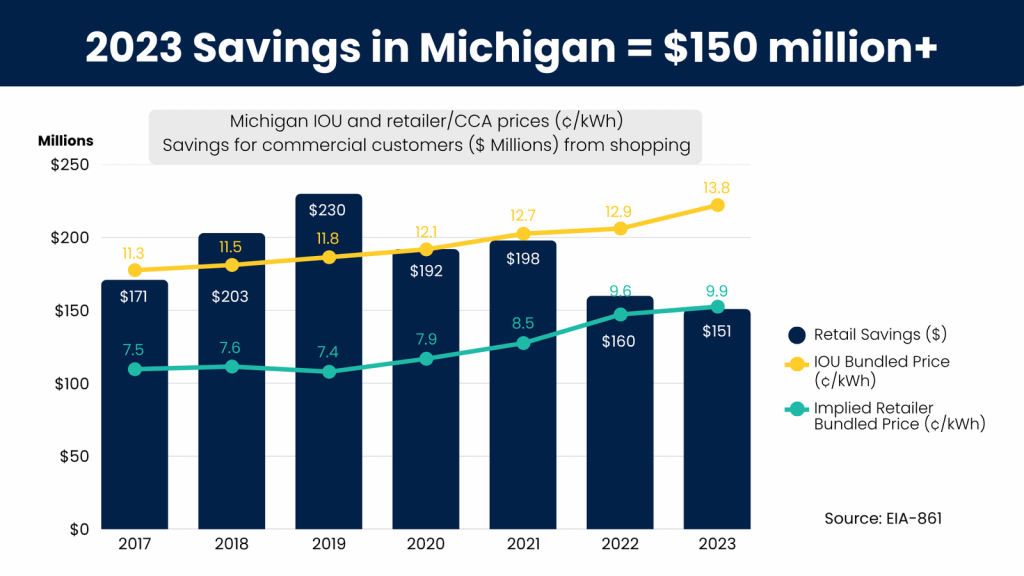Template Legislation and Toolkit
REAL has developed template state legislation that can be tailored to any state. This would allow a determined portion of utility customers in a vertically integrated state to procure electricity from a third party other than the utility.
This will reduce the amount of new generation utilities must build and ratepayers must fund to meet the growing demand of electricity and allow utilities to continue with planned retirements and investments in new generation on a more manageable scale.
Highlights of the legislation include:
Toolkit
REAL has developed the tools and resources needed for you to advocate for The Energy Freedom & Fairness Act to secure better energy results in your state.
If you have any questions about this legislation or the resources or would like to see this legislation introduced in your state, please contact Abby Foster: foster@retailenergychoice.org.
Can we add your company/organization name or logo to the letter below? This will be posted online and shared with legislators and media to demonstrate the broad support for this solution.
“We believe affordable, dependable electricity is essential to economic growth and quality of life.
We support this targeted, legislative solution to rising energy costs and growing demand by allowing certain commercial and industrial users to procure their own power.
This targeted approach relieves utilities of some generation obligations—reducing the costs that ratepayers would otherwise have to fund—while supporting reliable utility service, encouraging new generation development, and keeping electricity affordable for families and small businesses.”
Benefits of this Legislation:
Data contained in these sheets is sourced from the U.S. Energy Information Administration, compiled for ease of filtering and comparison mapping.
Over the last 20 years, there has been little power generation built by Investor-Owned Utilities compared to Independent Power Producers.
IOUs are attempting to build significant new resources for the first time in decades causing rates to skyrocket.
Whereas IPPs have been building all along, using private capital, and rates have remained steady in competitive states.
In a monopoly utility market, if the utility makes a poor investment decision in the generation type or does not manage the assets with proper operation and maintenance and the asset is unable to perform until its retirement date, the ratepayer is on the hook for these poor decisions.
A few examples of failed utility generation projects with cost overruns, significant delays or and even examples of projects utility ratepayers paid for that never generated electricity are included at the link.
Help promote The Energy Freedom & Fairness Act on your social media channels. We have developed some content to help you get started! To access it, click here.
Does your state give large users options?
Nearly half of U.S. states allow some or all large energy users to procure their own electricity.
Below is the map showing which states have varying degrees of electric choice. Hover over a state to get more information.
A case study of Michigan
Michigan opened shopping for 10% of utility customer load in 2008. The cap has been fully subscribed since 2008 with 5,000+ commercial and industrial customers served by third party suppliers. In 2024, there more than 5,000 additional customers in the queue that wish to be able to shop under the cap.
To view a report from the Michigan Public Service Commission, click here.
